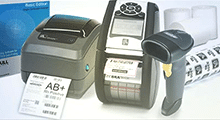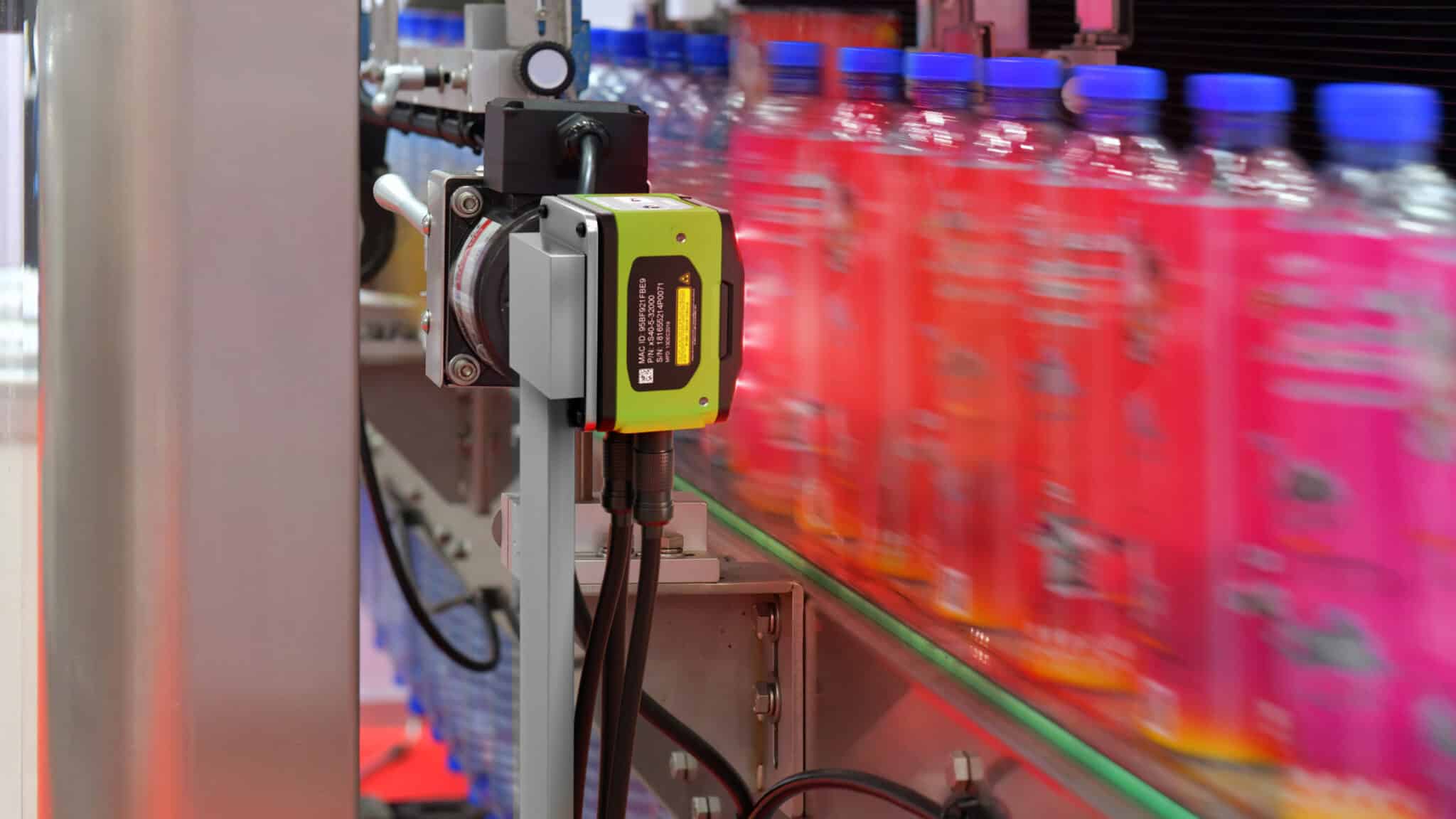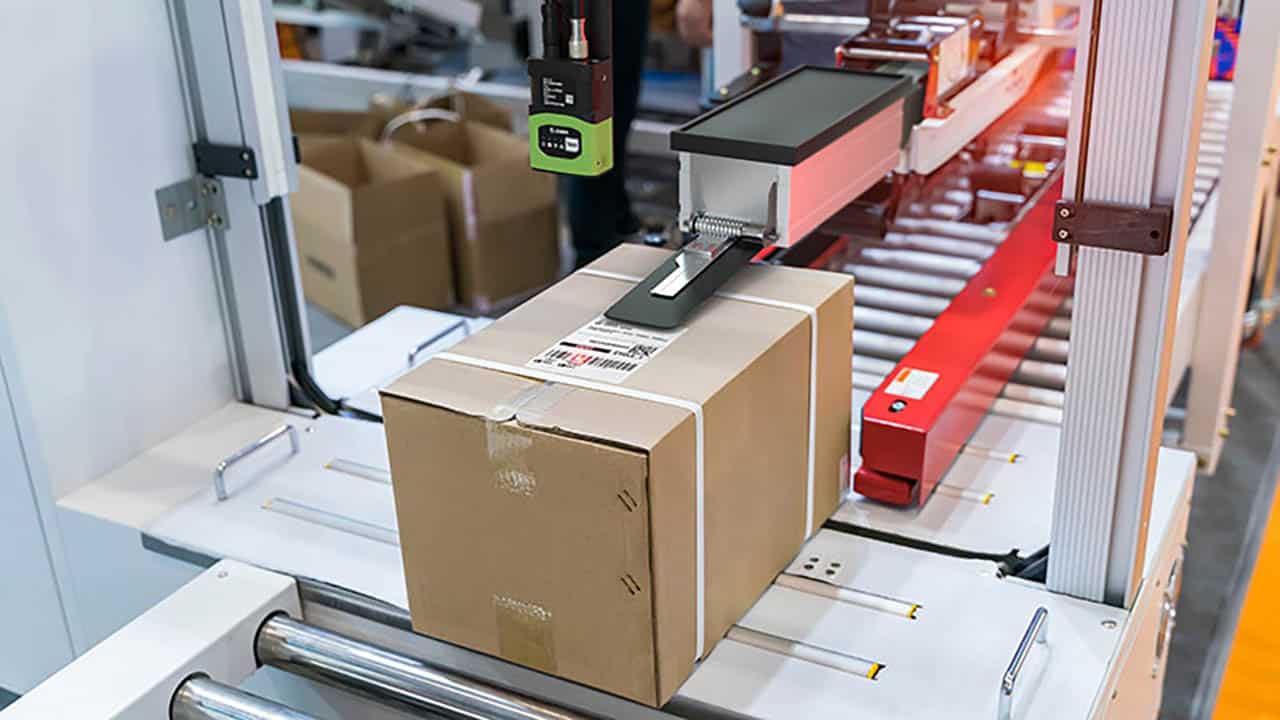With the explosion of the Internet of Things (IoT), connected devices, and employee-friendly “bring your own device” (BYOD) policies at many companies, the wireless LAN or WiFi network has become the primary network backbone. With new devices joining the network and heavier data traffic, wireless performance can decline over time.
A wireless site assessment can help make sure your WiFi network is healthy and robust. These assessments allow customers to pave the way for new technologies and future-proof their existing WiFi investments.
A properly designed wireless network, as well as enhancements that can be made to an existing network, can maximize the benefit of the WiFi system and lead to greater efficiencies across all areas of the business.

Connectivity poses a unique challenge for warehouse operations given the constantly shifting inventory, shelving, racking, and vehicles, as well as potential interference from other wireless equipment. Ensuring a network is working optimally is important for productivity and for meeting increasingly tight shipping deadlines.
A well-designed and maintained WiFi network will reduce the amount of time devoted by IT staff to maintaining/troubleshooting and/or “fixing” the wireless network, and keep users happy and productive.
Here are three signs your own warehouse may be due for a wireless site assessment:
#1 Devices Disconnect Intermittently
For warehouse employees, it can be frustrating when devices won’t connect to the network, or disconnect intermittently while they are trying to do their jobs. Without a wireless connection, workers can’t access pick lists, update order information, or generate accurate labels.
These disconnections can also be costly to a warehouse operation, especially when they’ve made a significant investment in high-cost devices and real-time warehouse management software.
A wireless site assessment can provide an in-depth evaluation of your wireless environment, and uncover the root causes of intermittent disconnections. For example, inventory and safety equipment (such as protective metal cages around the access points) can cause interference, which can lead devices to drop their connection. There might be a hardware failure at the device level, or there are too few access points to provide sufficient coverage.
By identifying the problem, a site assessment can also help create solutions (such as adjusting shelving/racking or moving access points) that will ensure reliable connectivity for your mobile devices.
#2 Devices Won’t Roam on the Network
WiFi roaming presents another area where warehouse operators often struggle. Mobile devices may drop connections between access points, or get “stuck” to a distant access point, which affects network performance. When mobile devices won’t roam as busy employees move across the network, it can be both frustrating and costly.
As is the case with a cellular network, when WiFi clients roam they move from the usable range of one access point to another. The client device has to disconnect from one AP and reconnect to the next. With properly configured access points, this process should take less than half a second.
Roaming problems can result from a number of issues, including excessive cell overlap when APs are overpowered, network bleed between floors or buildings, and software/firmware versioning.
A wireless site assessment includes a full inventory of all APs and client devices in order to check for firmware/software updates, as well as an analysis of network coverage and access point power settings. With this data, companies can determine the cause of their roaming issues and adjust or update hardware as necessary to correct the problem.
#3 Devices are Slow to Respond
New mobile devices with a modern operating system should provide fast performance. If the user interface or application is sluggish, that can affect employee productivity.
In order to speed up performance, many companies make the mistake of cranking up the power on their WiFi access points. However, this is not the solution. In fact, over-powering the APs can lead to mobile clients connecting to far-away access points, which slows down the network even more. (This can also cause roaming problems; see above.)
A wireless site assessment can ensure that your wireless network was created with the right design for optimal performance. By isolating each node in the wireless network (both APs and client devices), the site survey can determine what is causing the slow response times and provide the data needed to develop a mitigation plan.
Paving the Way for a Future-Proof WiFi Investment
A future-proof WiFi network is essential given the large number of client devices expected to join the warehouse wireless network in the future – everything from new mobile computers to material handling equipment and warehouse robots.
The experts at Peak Technologies can help you create a future-proof wireless warehouse environment that can ensure your employees can use their mobile technology to maximize productivity and efficiency. Contact Peak Technologies for a wireless site assessment today.




































